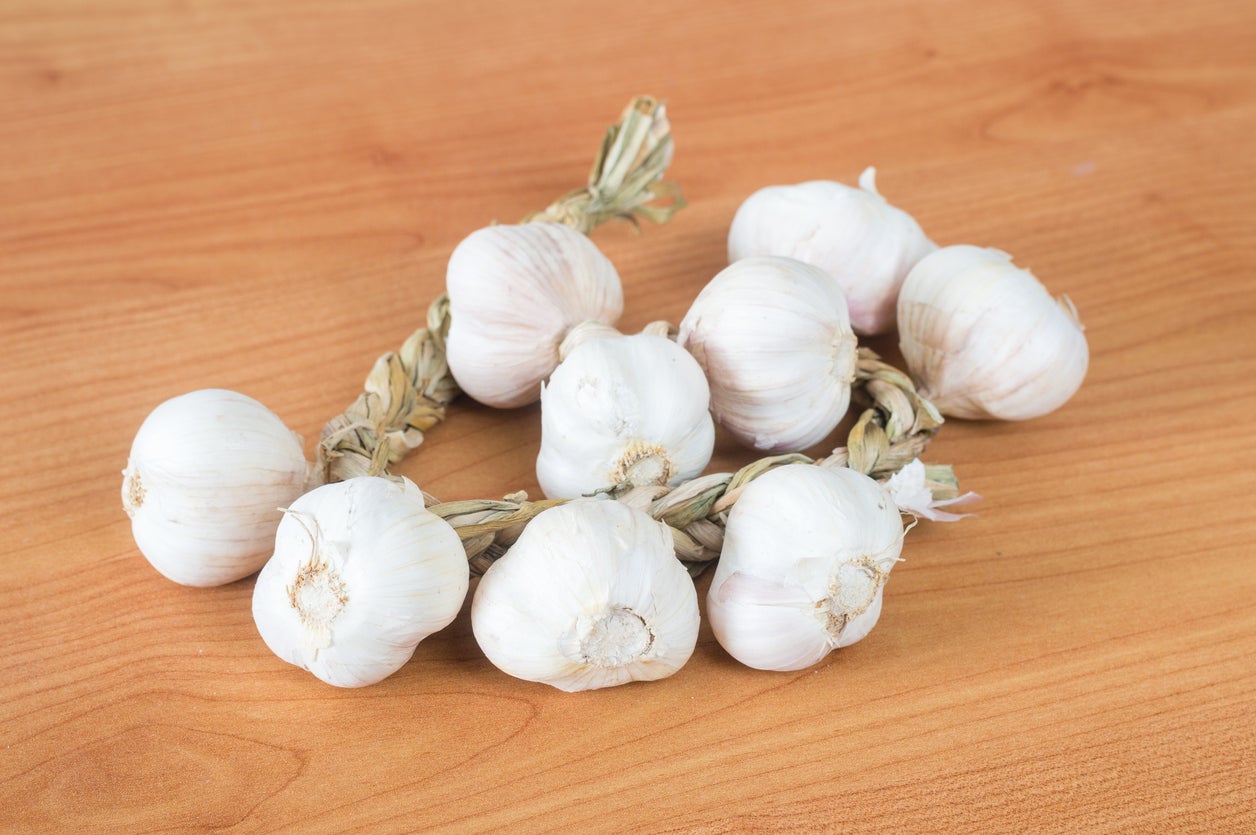Polish White Garlic Info: How To Grow Polish White Garlic Bulbs


Each year, many enthusiastic home chefs and vegetable gardeners plant garlic as a means of bringing homegrown and high quality ingredients into their kitchens. By planting their own garlic, growers are afforded access to unique and interesting varieties which may not be commonly found in supermarkets.
Growing garlic at home is not only cost effective, but also allows growers to choose varieties that best suit their own tastes and needs in the kitchen. Polish White garlic is one such variety known for its mild taste. Read on for some more Polish White garlic info.
What is Polish White Garlic?
Polish White garlic plants are known for their production of large, reliable bulbs. Yields of these garlic plants are especially beneficial to home gardeners which may be looking to maximize their growing space.
This softneck garlic is also ideal for home gardeners due to its storage qualities. Though harvested early in the summer, those growing Polish White garlic are able to store their crops well into the winter.
In addition to these attributes, many growers simply prefer the taste of this garlic when compared to other cultivars. Polish White garlic is often less pungent than others, adding a more subtle and delicate flavor to favorite recipes.
How to Grow Polish White Garlic
Growing Polish White garlic plants is relatively simple and something which can be done by even novice gardeners. Like any other variety of garlic, deciding when to plant the cloves will be determined by the garden’s growing zone.
First and foremost, growers will want to purchase garlic for planting from a reliable source. Purchasing from online seed retailers will ensure that the garlic has not been treated with any kind of chemical to prevent sprouting and is disease free.
Gardening tips, videos, info and more delivered right to your inbox!
Sign up for the Gardening Know How newsletter today and receive a free copy of our e-book "How to Grow Delicious Tomatoes".
In general, garlic should be planted into the garden around four to six weeks before the first predicted freeze date. The process of overwintering garlic in the ground will ensure that the plant receives adequate cold treatment for the formation of bulbs in the spring.
Beyond planting, the garlic will require little care. Once the ground has frozen in the winter, many growers may choose to cover the planting with a layer of leaves or mulch to insulate the planting until spring.
After growth of the plants has resumed in the spring, the cloves of garlic will be ready for harvest when the tops of the plants have started to die back to the ground. With minimal care and some forward planning, growers can ensure that they have abundant garlic harvests for many seasons to come.

Tonya Barnett has been gardening for 13 years. Flowers are her passion. She has transformed her backyard into a cut flower garden, which she regularly chronicles on her YouTube channel http://www.youtube.com/@tonyawiththeflowers.
-
 Never Plant Seedlings Until They Pass These 3 Simple Tests
Never Plant Seedlings Until They Pass These 3 Simple TestsDon't be over-eager to transplant seedlings into the garden before they are ready. These quick and easy checks will help ensure flourishing plants.
By Mary Ellen Ellis
-
 Grow ‘Karl Rosenfield’ Peony Plants For The Ultimate Frilly Border Beauties And Cut Flowers
Grow ‘Karl Rosenfield’ Peony Plants For The Ultimate Frilly Border Beauties And Cut FlowersFor frilly double magenta peony petals infused with a heady fragrance, grow ‘Karl Rosenfield’ peony plants. Here’s how to cultivate the ultimate plushy blooms
By Tonya Barnett